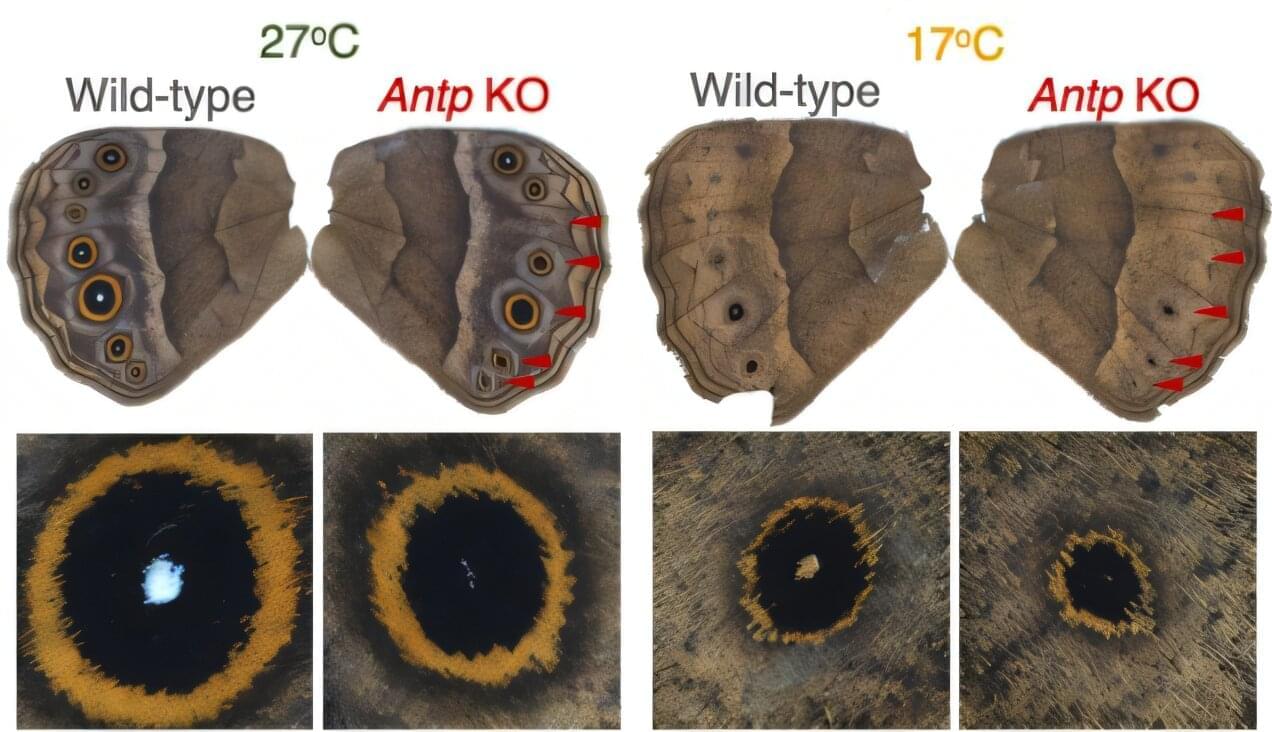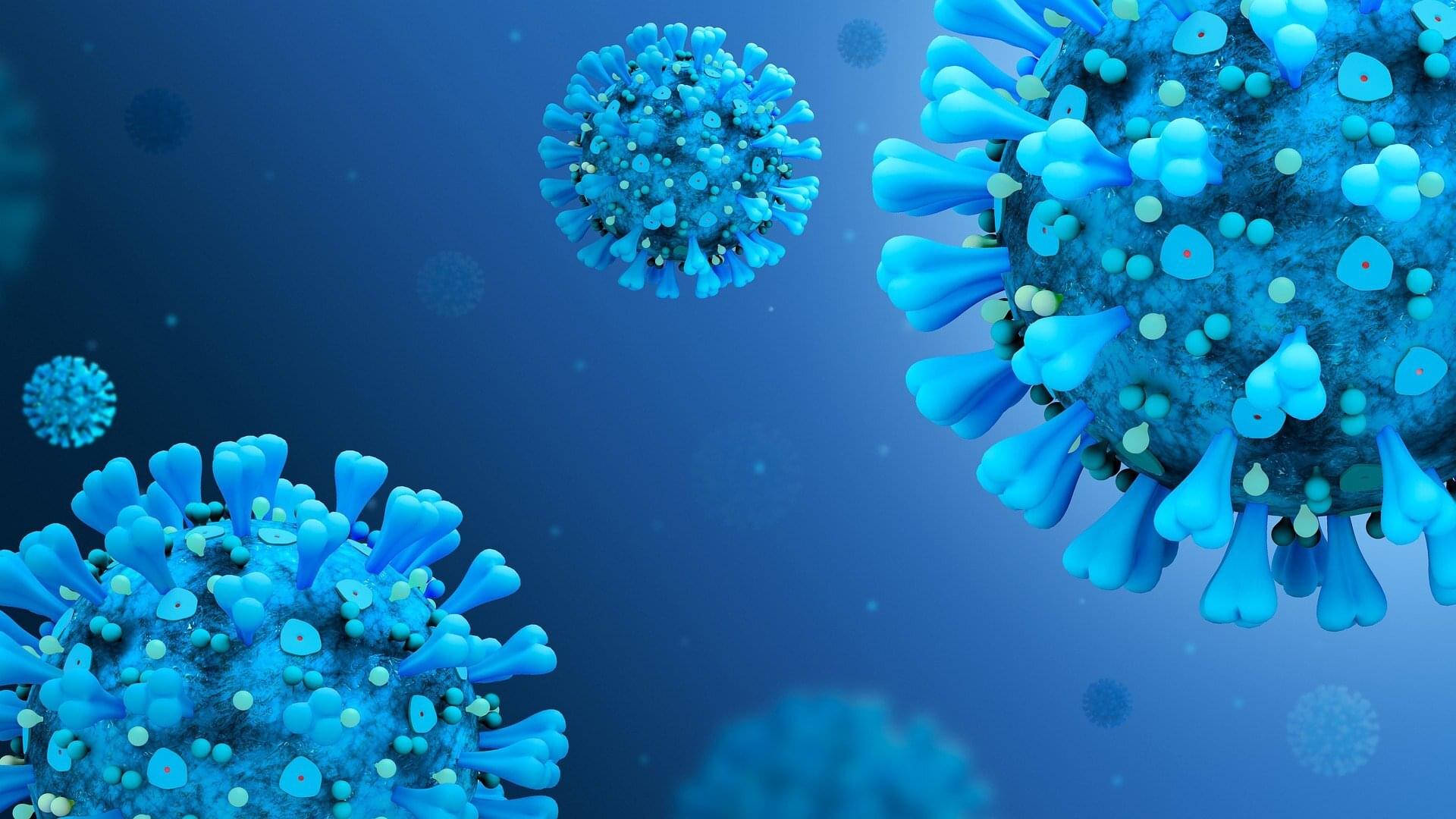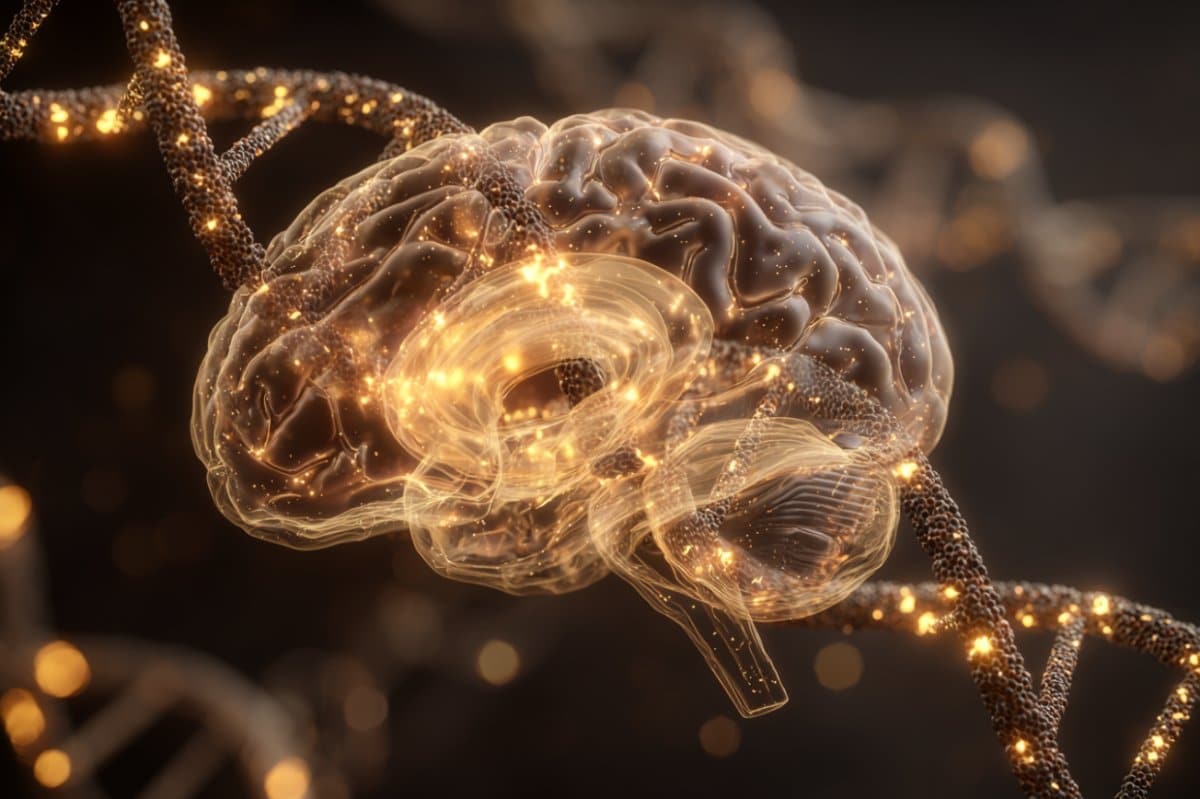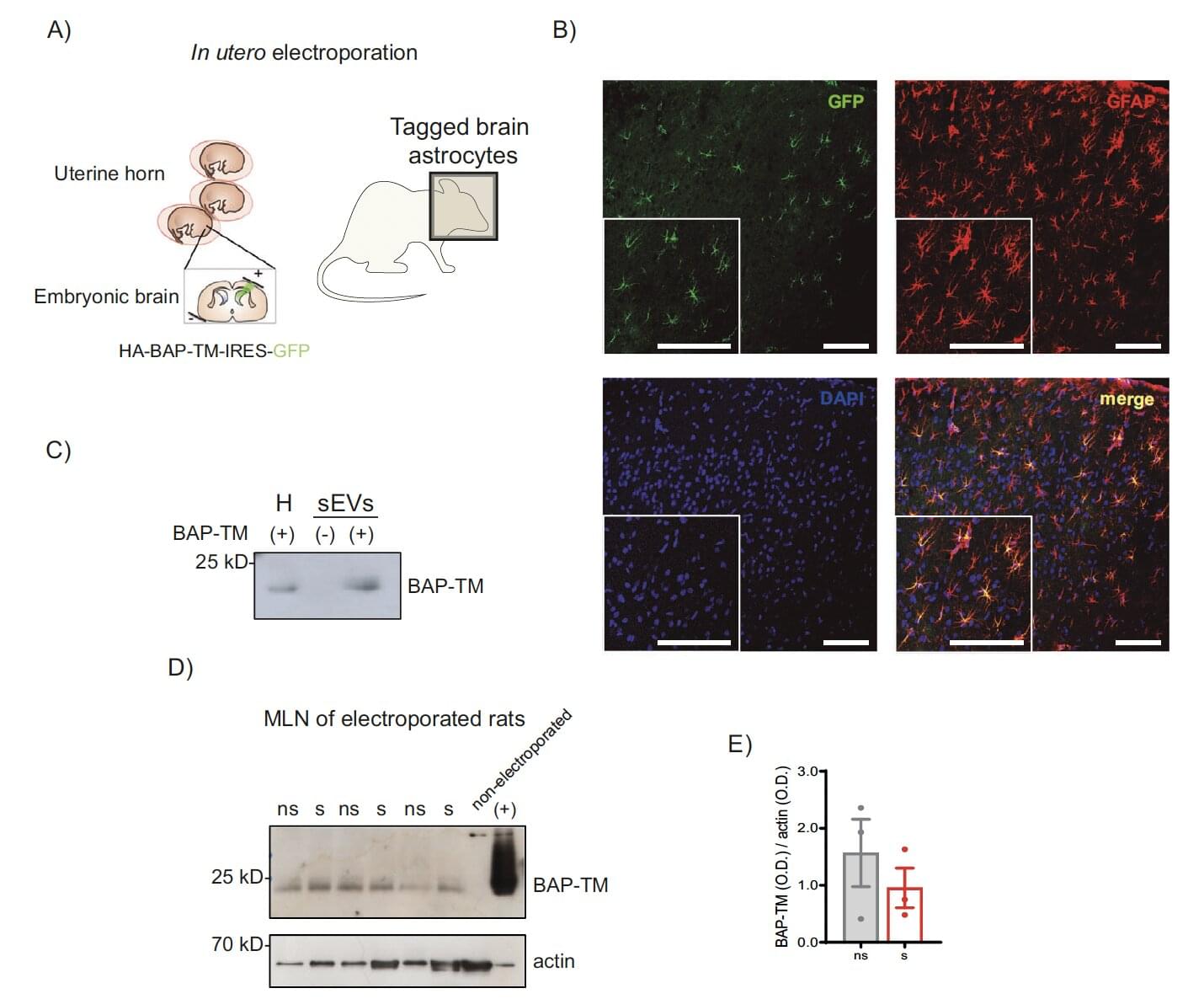Scientists from the National University of Singapore (NUS) have discovered a simple DNA “switch” that helps tropical butterflies adjust the size of their wing eyespots in response to seasonal temperatures, shedding light on the evolution of environmental sensitivity. The findings could inform future efforts to understand and potentially bolster adaptation in a changing climate.
Insects often adapt in surprising ways to their surroundings. Some even change their colors with the seasons. This seasonal flexibility, called plasticity, helps them survive but its evolutionary origins have remained a mystery.
A team led by Professor Antónia Monteiro from the NUS Department of Biological Sciences, identified a stretch of DNA that helps certain butterflies switch their wing patterns between wet and dry seasons.








